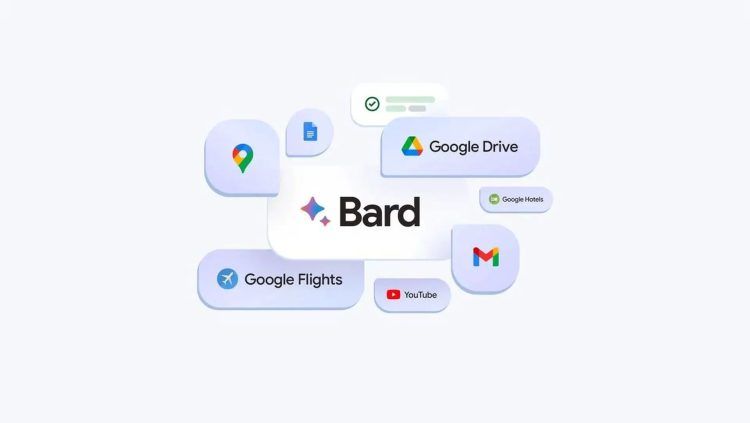Google continues to improve the Bard YouTube extension, introducing a feature that enhances its ability to handle intricate queries about specific video content on YouTube.
The AI-powered chatbot now offers users a more dynamic experience by responding to complex questions, such as, “how many eggs does the recipe in the first video require,” while searching for videos that guide you through making an olive oil cake.
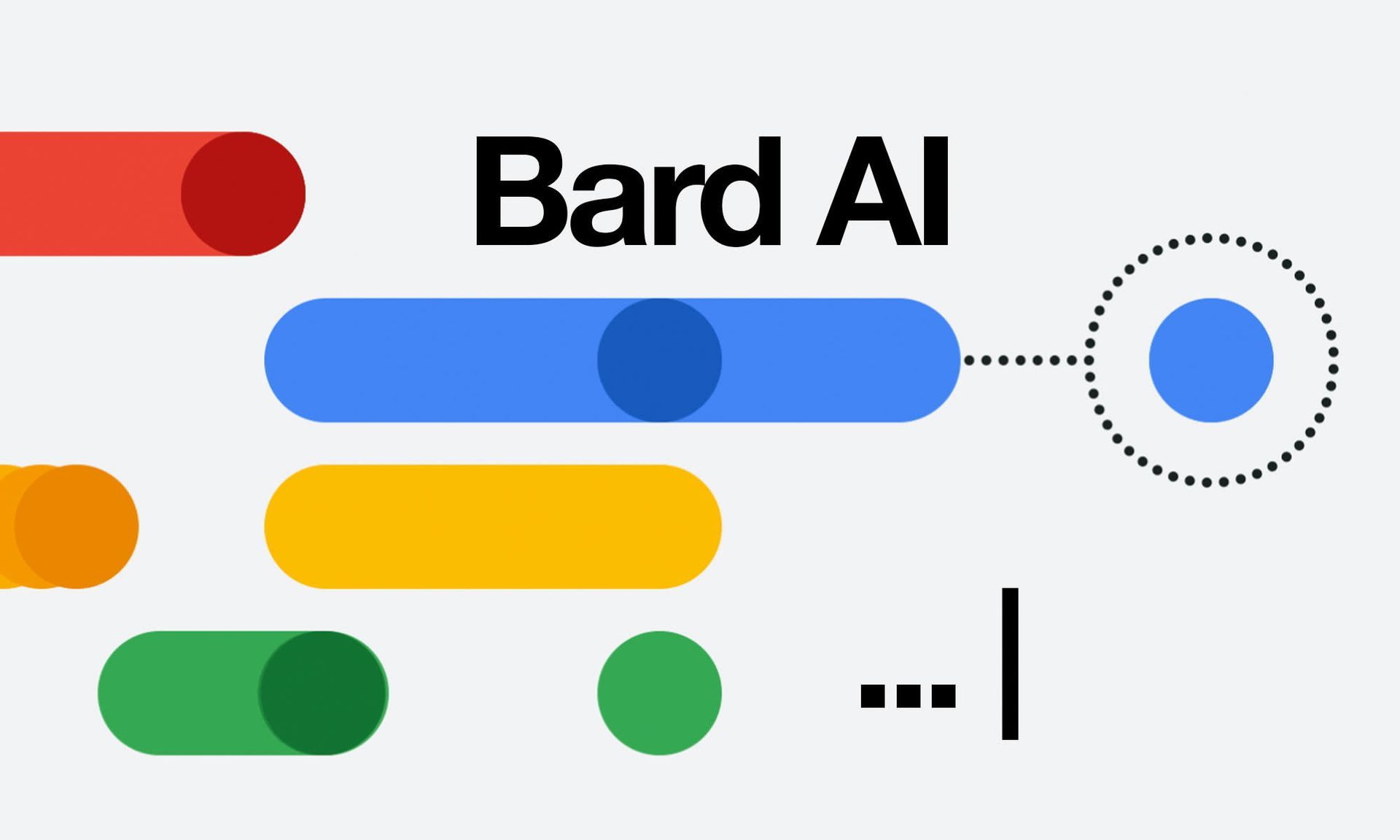
Bard YouTube extension will make video content much more easily consumable
This update is part of Google’s ongoing efforts to refine Bard, providing deeper integrations and expanded functionalities. The Bard YouTube extension, initially launched to analyze user queries and suggest relevant videos, now empowers Bard to comprehend YouTube content and respond to complex questions, such as details within videos like key points or recipe specifics without requiring actual viewership.
While this upgrade benefits users seeking quick and accurate information, it raises concerns about its potential impact on content creators. The extension’s ability to generate summaries and answer complex queries without traditional engagement through viewership may disrupt established content consumption models.
How to use the Bard YouTube extension?
To make use of this feature, users should first access the Bard chatbot through their browser. For a clearer instruction list, here’s how you can do so:
- Access the Bard chatbot in your browser.
- Click on the extension button located in the top right corner.
- Activate the YouTube extension.
- Test the feature with queries, especially those related to recipe specifics.
- Exercise caution with sensitive topics.
- For real-time information on events like the Israel-Hamas war, switch to regular search.
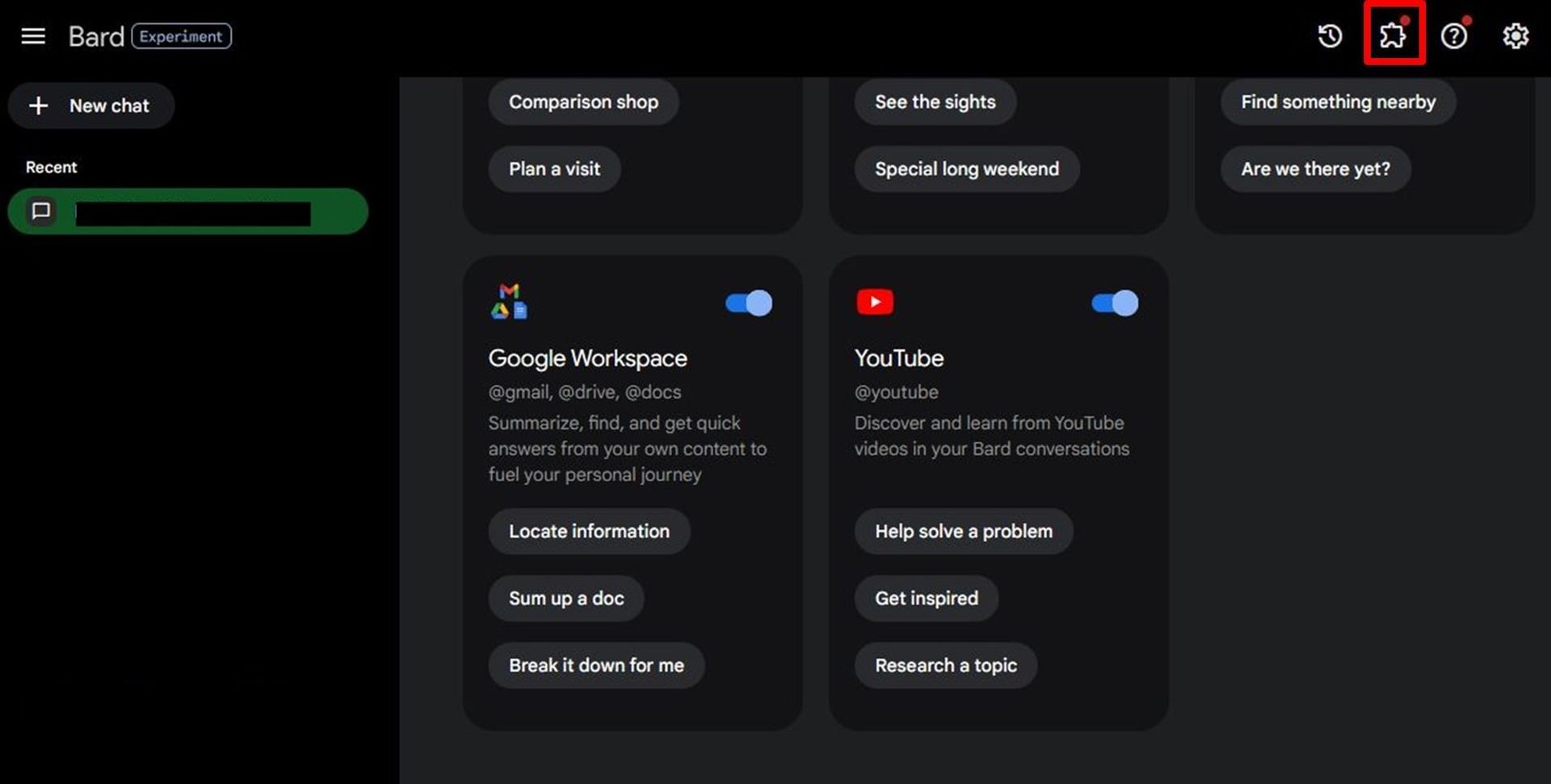
Bard YouTube extension concerningly simplifies YouTube interaction
In a trial that was made by The Verge, Bard was tested on a YouTube video with a complex recipe – America’s Test Kitchen’s Espresso Martini. The results were impressive, accurately summarizing ingredients and instructions. However, as mentioned, the convenience for users could pose challenges for content creators, especially if this becomes a standard feature on YouTube.
Currently existing as an opt-in Labs experience, the feature requires some effort to extract desired information. However, the potential for it to become a seamless part of the YouTube experience raises questions about its impact on content creators’ engagement models.
While the convenience for users is evident, the industry may need to address how generative AI tools like Bard impact content creators’ revenue streams. As this feature evolves, Google and other platforms will need to navigate the balance between user convenience and supporting the creators that fuel the platform’s content.
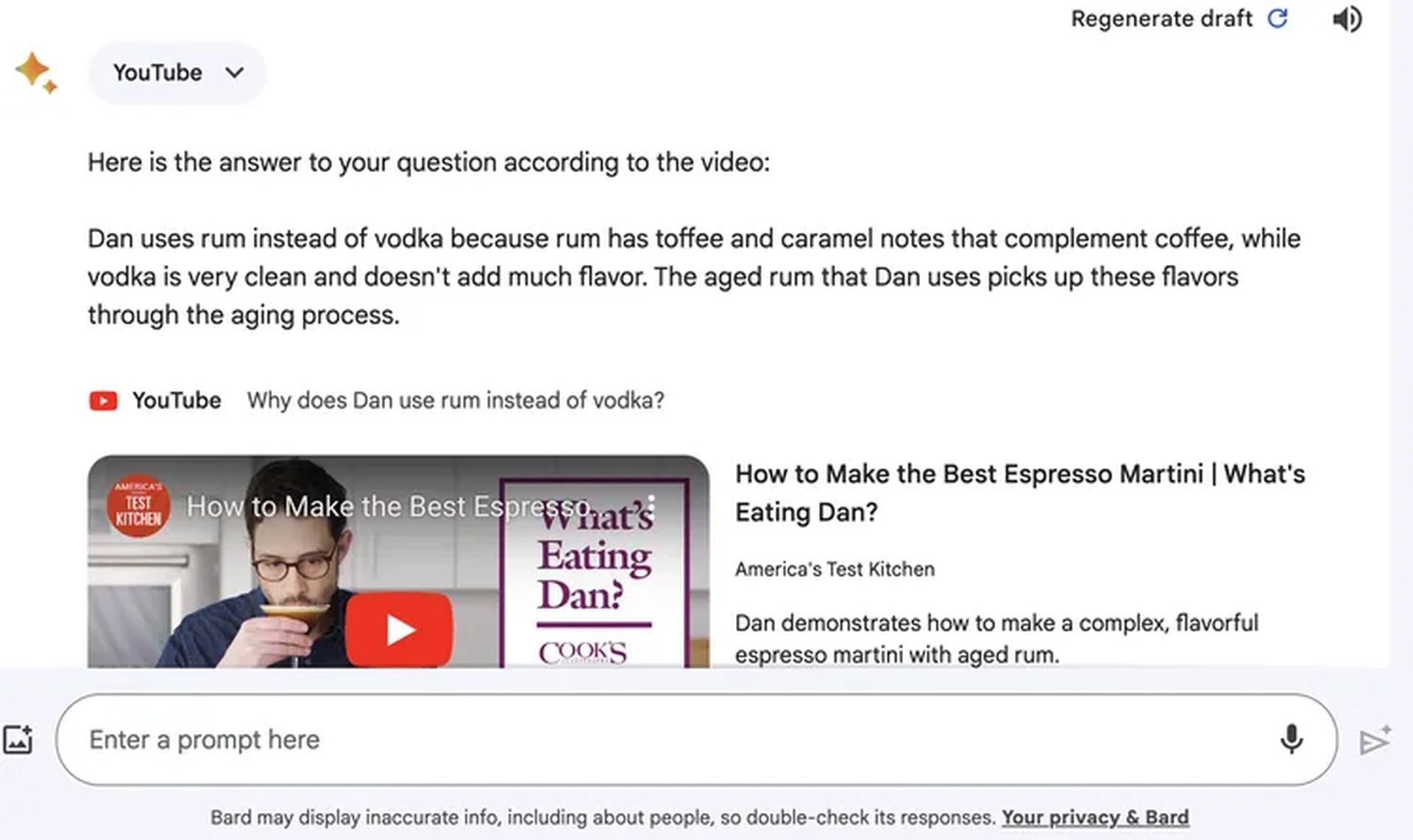
The cautionary advice regarding sensitive topics also underscores the ongoing ethical considerations associated with AI advancements. In navigating this landscape, the industry must grapple with evolving dynamics, ensuring a harmonious relationship between user convenience and the sustainable growth of content creation ecosystems.
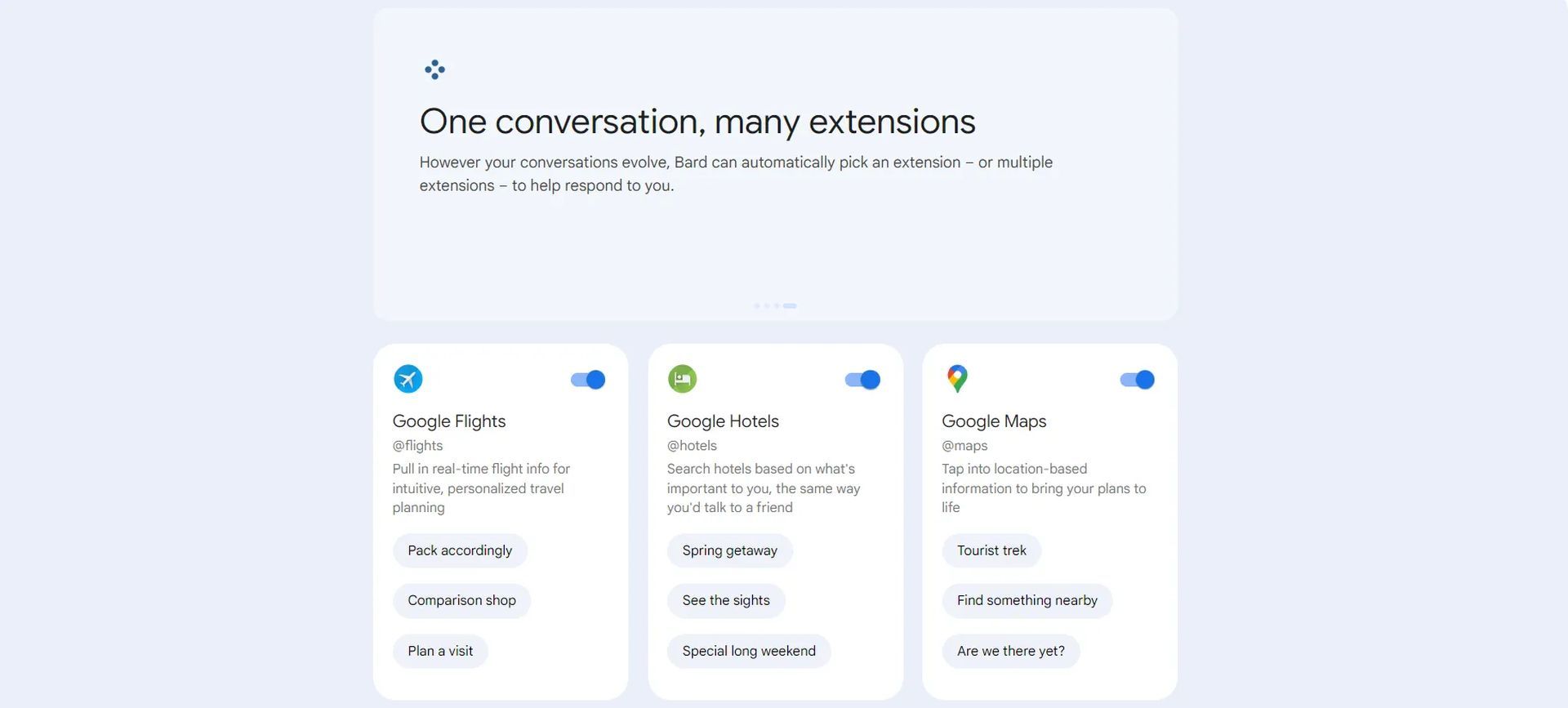
Meanwhile, if you wish to learn more about how you can make use of Bard’s new extensions, make sure to check out our article on how Google Bard Extensions can seamlessly integrate all Google apps. Also, if you ever have trouble using Google’s amazing AI bot, don’t hesitate to refer to our article on how to fix Google Bard if it’s not working to get some assistance.
Featured image credit: Google

